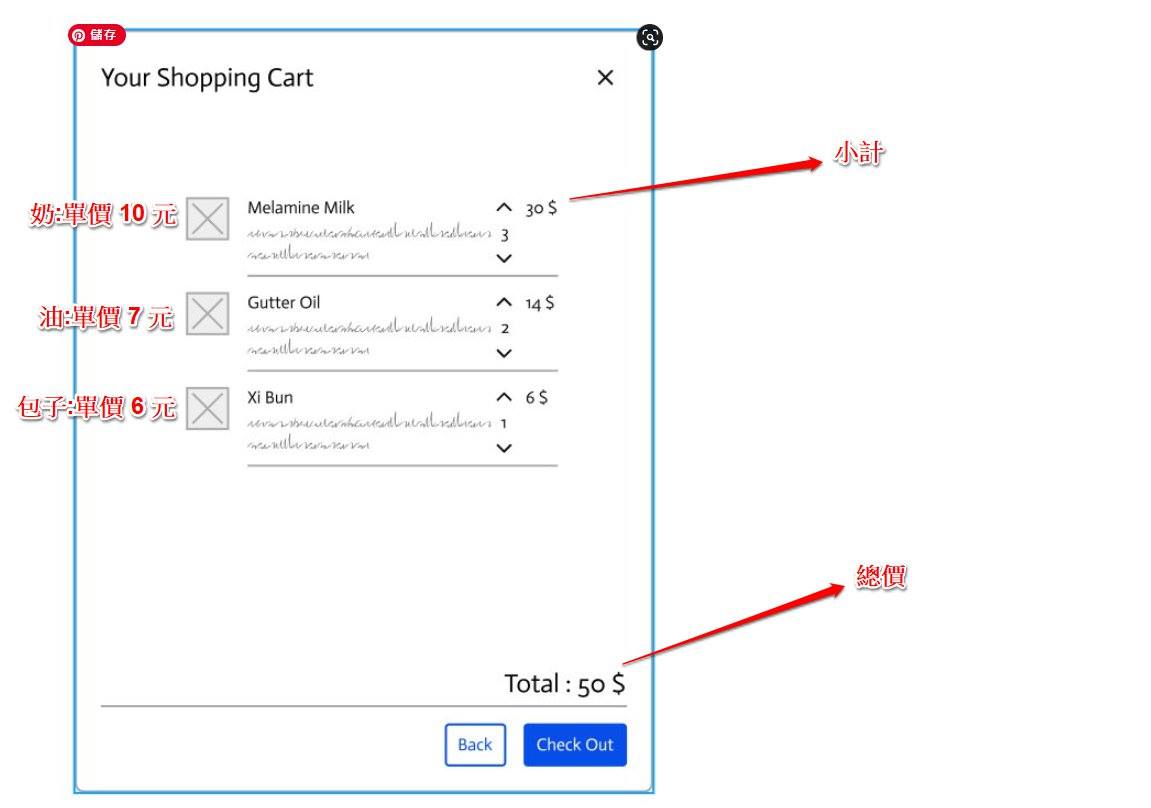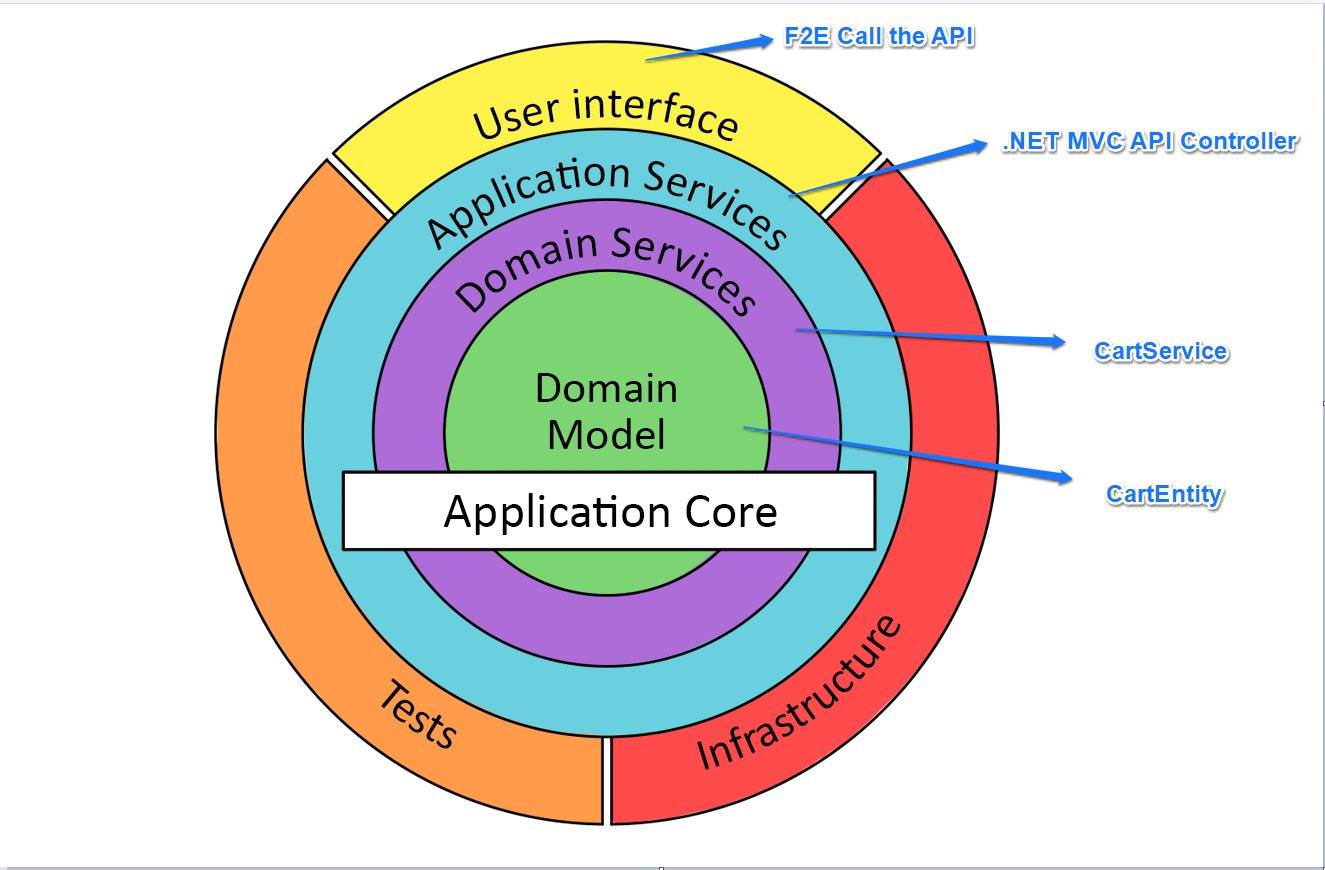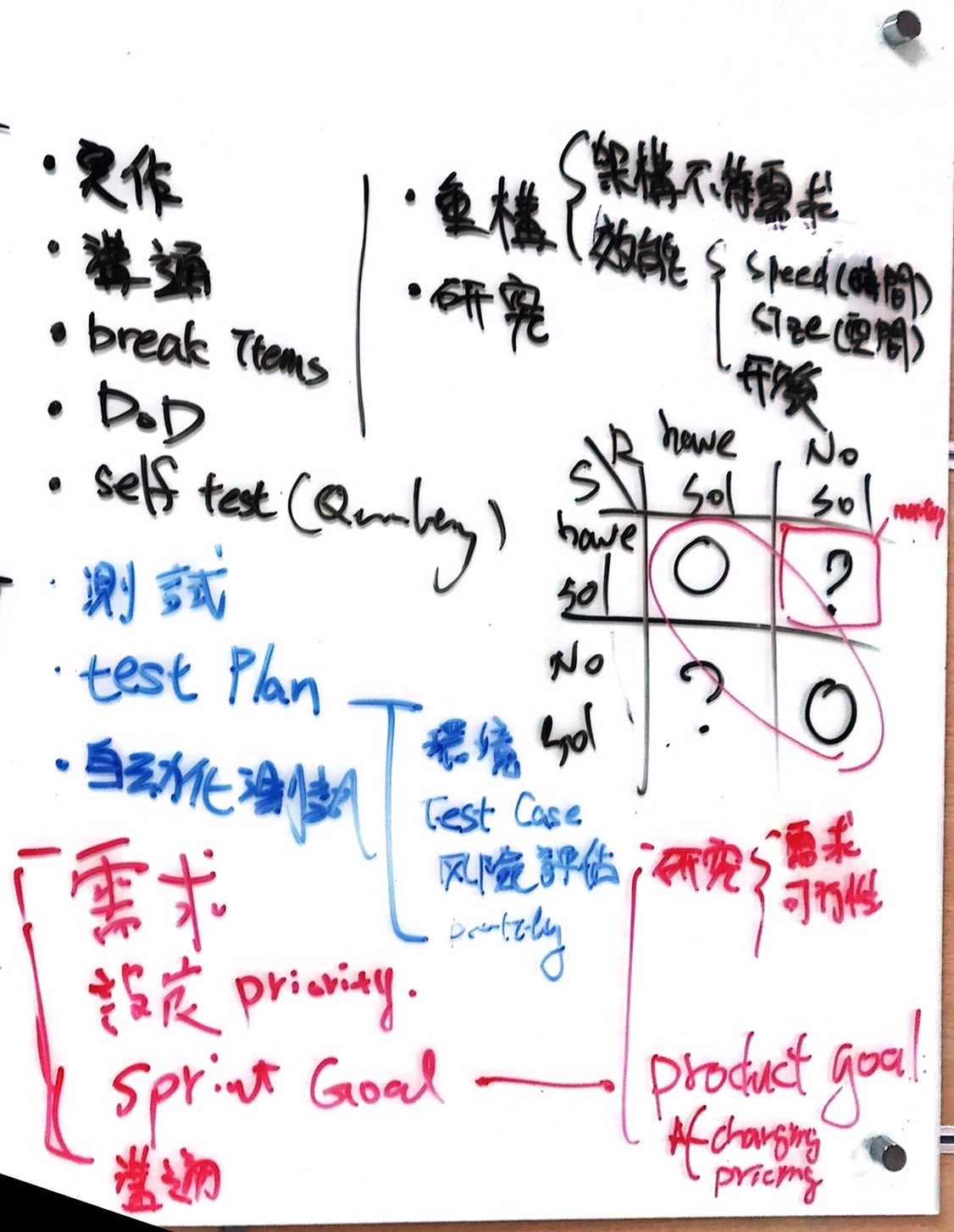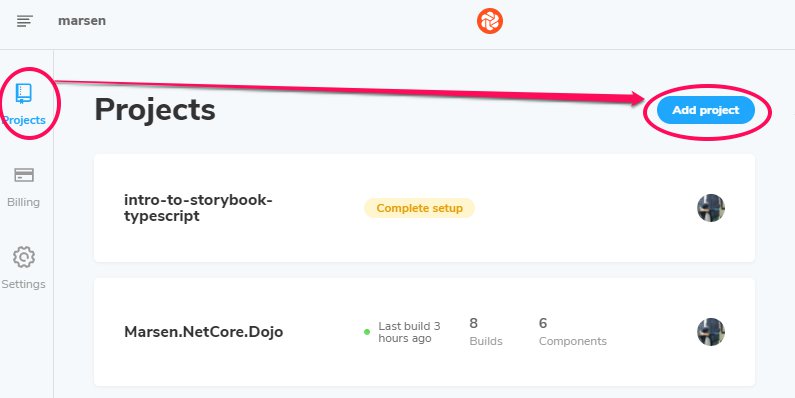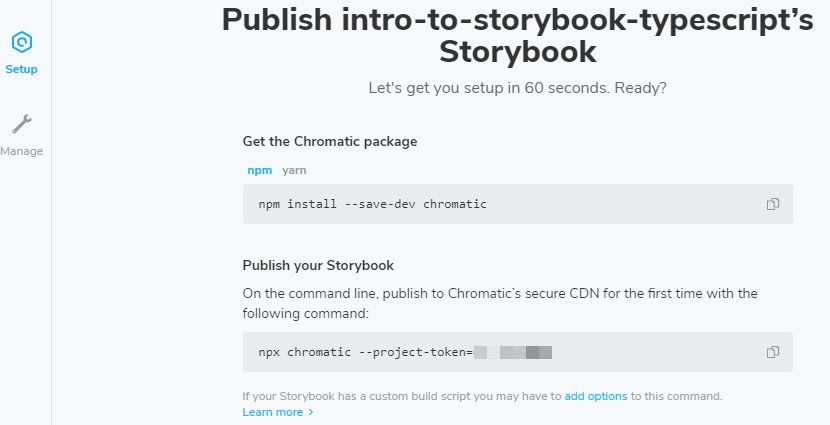前情提要
最近看了一些類似的書籍,稍微整理如下:
- 烏托邦的日常
- 驚人習慣力
- 原子習慣
- 象與騎象人
- 我們為什麼這樣生活,那樣工作
最近看的兩本是「烏托邦的日常」與「驚人習慣力」,
再來是「原子習慣」約是一年前的讀物,
「象與騎象人」與「我們為什麼這樣生活,那樣工作」則年代久遠不可考矣。
有點小小收獲,在此作個記錄。
兩個問題,我是誰,我會是誰
烏托邦一書裡面提到許多策略,
驚人與原子一書也都提供了各種策略,
這兩本書主要微型化工作項目,用以建立持續性行為,
或是反過來說,讓行為可以持續…
但是裡面最重要的事,卻都放在書的最後一個章節裡,
這件事就是身份認同,現在的我是誰 ? 過去的我會是誰 ?
我的答案是
你也可以想想你的答案會是什麼?
這也有點「把時間當朋友」一書中所說的「一切都是累積」,
改變自已的時間點跟種樹一樣,最佳時機是 20 年前,再來就是現在
現在是一個矛盾的時間點,「舊我」與「新我」並存的時間點,
對於現在的自已你總有不滿意的地方,但現在的自已又同是過去的你的總合。
所以你是誰 ? 什麼造就了現在的你 ?
你想成為誰 ? 那你應該作些什麼 ?
你真的想要成為一個有腹肌的男人嗎 ? 還是只是覺得那樣又酷又帥 ?
你真的想要成為又酷又帥的人嗎 ? 還是你只是想要成為萬人迷,又或是你只是不想孤單 ?
你必須找到你真正的動機。
動機、意志力與習慣
在「驚人習慣力」一書中提到,
意志力與動機不是二擇一的問題,
動機與意志力都可以觸發新的行為發生,
但是動機(熱情)會遞減(反思:邊際效應),不適合習慣的養成(重複性的動作),
意志力是可靠(可以用系統強化,ex:待辦清單/行事曆),
但是意志力是有限的;
而五個消耗意志力主要的原因:
- 程度努力
- 認知困難度
- 負面的影響
- 主觀的疲勞
- 血糖濃度
我相信動機遞減說,我自覺更多時候,其實是沒有找到我真正的動機,
而這部份與自我認同有關,自我認同跟你的生活習習相關,
很多人一邊減肥,一邊對自已說我就是瘦不下來,
其實就是一種負面的自我暗示,你可以透過不斷的自我暗示來改變自我認同,
你可以巧妙的使用它來改變自我認同,
一般的書通常會說要對自已說「我要瘦下來」或是「我是 XXXX 」,
我認為那樣的行為是不會產生暗示的,你必需找到自已人生中的金句,才能發揮強效,
試試看自問自答,當你找到時,自我認同將為源源不決動機,
請務必對自已誠實,強者我朋友會這樣作,
「我就色,想把妹,想認識更多人,要有好的穿著,不能太胖,最好有點肌肉,才撐得起衣服」
後面買名貴的衣服、健身、不吃宵夜等習慣(行為)就都是後話了。
回到減少意志力的耗損,微型(原子)習慣請當作一種策略,
試著在自已身上執行,並追踪記錄,真的對你有效就持續執行。
策略、衝突與自我
烏托邦書中將人分為四類,「自律」「問責」、「質疑」、「叛逆」者。
要小心分類的陷阱,就像是星座或生肖一樣,
一個人身上同時間會有多種角色,只是比例的多寡
甚至面對不同的事情時,不同的類型的反應會特別突出,
舉例來說: 當你是福委安排尾牙活動時,我可能偏向「問責」,與朋友聚餐時我會偏向「自律」
烏托邦一書提到許多策略,
當中的追踪策略特別有感,沒有量測沒有改善,
有了測試後,可以結合各種方法論來實現目標(GTD/PDCA/KPI/OKR 甚至 Scrum etc…),
過程中記錄自已的心境變化,你想成為的人,不一定是你真正想成為的人,
調整自已的節奏,使用明確策略寫下自覺得感受與期待,找到當中的衝突,
有時候你可以全都要,有時候你必需要取捨,記錄下來或是可視化
迭代自已的目標,認識真正的自已,透過明確策略告訴自已現在不作什麼,
將可以給你更多的掌握感。
策略清單
微型策略
驚人習慣力與原子習慣的主要策略,
讓日常所作之事儘可能的小,減少執行耗費的心力
優點: 極小化項目,使得持續策略得已完成
缺點: 太過微小的習慣,難以出現有效的進步。
持續策略
另一個知名的名稱稱作「Don’t Break The Chain!(不要打斷鎖鍊)」,
主要目的讓累積的成果視覺化,成為一種外在問責與獎勵。
方便/不方便策略
舉例來說,可以準備多套器材避免自已懶散,或是成為一個顯見的提示,
來觸發動機,反之可以避免惡習。
控制策略
在特定的時間點作特定量的事,以得到掌控感/儀式感。
像是飯前禱告、每日自省、冥想,這個策略與預先決策或是追踪策略可以很好的結合,
具體來說,你可以試著每日自省 10 分鐘,如果熟悉看板的話,
就可以在看板上預先預先決策與追踪。
預先決策策略
減少決策所消耗的心力,事先作好作定,這裡的概念是不要相信未來的自已,
透過現在的自已設定目標,但當未來抵達的時候,你很有可能會軟弱的,
這時候控制策略所創造的掌控感也許可以助你一臂之力,追踪策略則可以讓你看見進度。
追踪策略
前面提到追踪策略,只著重在看見進度,
但是這個策略的概念不僅僅是進度而,你也可以追踪其它任何東西,
比如說我也曾經用來追踪財務、時間與心理狀態,
優先養成追踪策略對自已會很有幫助。
具體的實踐可以參考 GTD 之類的作法
新的環境
趁機在新的一年、搬家、換工作等開始立志,
不過書中也提到,新的環境也很容易中斷故有的習慣,
如果有使用追踪策略比較不會中斷
其它
- 行事曆/待辦: 我認為這是預先決策的具體實踐,
- 若則: 這個策略是如果沒作到 A 就作 B,可以預先決策,但我認為實作上仍然有困難,也許要額外的心力
- 近朱者赤: 接近你心中的實踐者
- 明確目標: 寫下自已的目標,這裡也是視覺化的應用
獎勵
達到某個哩程碑時自我獎勵,但是在烏托邦一書有提到要小心這個策略,
根據你的獎勵,有可能會給心理負面的暗示,讓你覺得原本想養成的習慣變成一種苦難,
應該試著讓習慣本身就是一種獎勵,像是節食或運動,目的如果是健康或是外型的話
比起吃大餐,透過追踪的方式,讓自已的看到健康數值或外型的改變,
才是更好的獎勵方式。
行動
獎勵與動機應該緊密結合,
將所有外在的目標(想早睡、想瘦、想英文好)找到連結的內化目標(想健康、想賺錢…)
你可以試著探索什麼會是你現有的習慣與行為的內在動機 ?
比如說你喜歡打球,是因為其中的合作還是競爭,或是面對挑戰的感覺 ?
你喜歡購物,是因為對金錢掌控感 ? 還是可以滿足對新產品的好奇 ?
喜歡唱歌是因為會受到肯定 ? 喜歡看劇可以滿足幻想 的生活 ?
進一步,你可以寫下你想要培養的習慣,
你想成為的人,你想達到的目標,外在的動機是什麼 ?
內在的動機又是什麼呢 ?
願你我都能成為想成為的人
- 挑戰
- 好奇
- 掌控
- 幻想
- 合作
- 競爭
- 肯定
參考
(fin)






